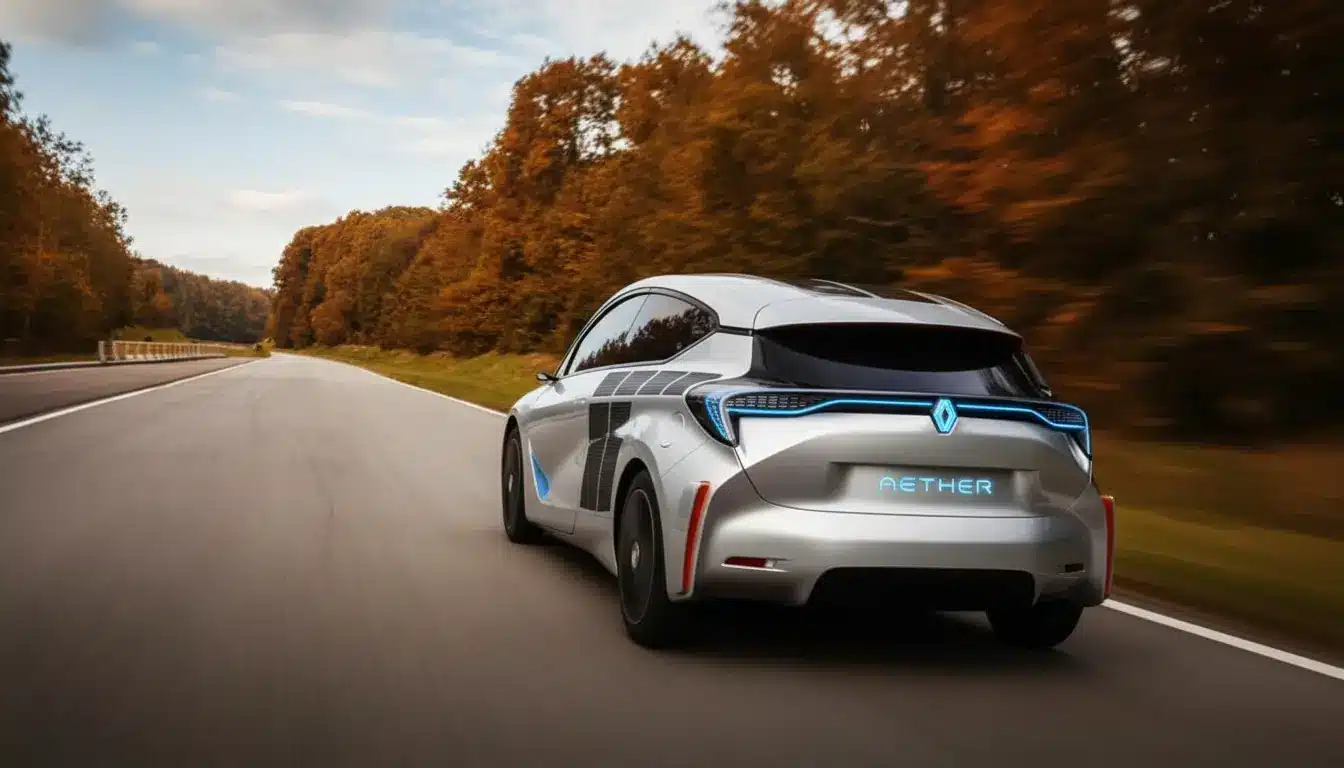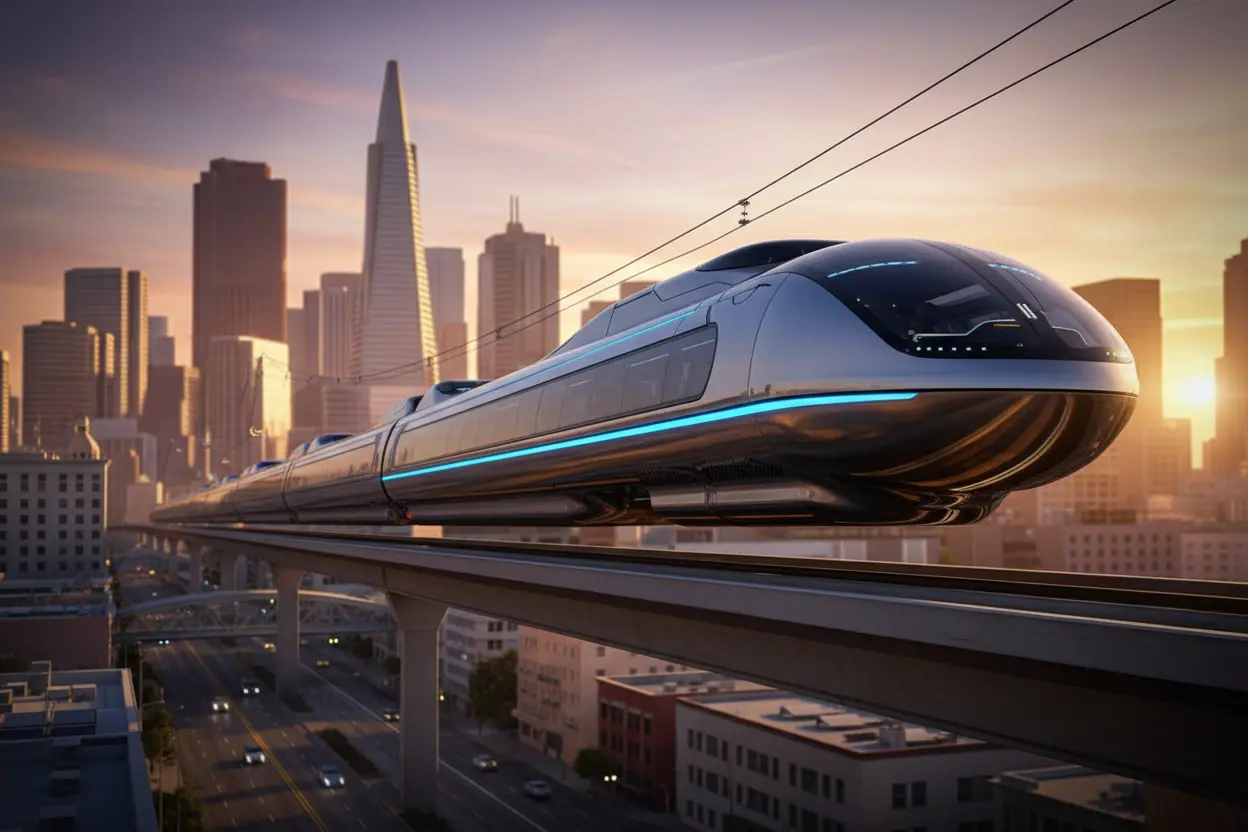Hovering between sci-fi fantasy and gritty real-life construction site, The Line is rising—slowly and surely—out of the Saudi Arabian desert. But as the first aerial photos reveal, the world’s most audacious city project is already facing its share of reality checks, unexpected detours, and yes, a spectacular case of city shrinkage. Welcome to a journey through ambition, scale-backs, and a whole lot of mirrored glass.
From Grand Vision to Measured Reality
Since 2017, The Line has stood as the flagship of Saudi Arabia’s ambitious Saudi Vision 2030—a bold attempt to transform the nation’s economy away from oil. Born out of the NEOM urban development project, this city was imagined as a colossal streak across the Tabuk province, stretching 150 kilometers over mountains, along the Red Sea, and into the desert as a futuristic « aerotropolis. » Its calling cards? Fully renewable energy, farms climbing vertically, and a complete absence of cars—just imagine the Instagram photos.
The original plan envisioned a staggering 150 kilometers of urban utopia. Construction is well underway, but real-world factors—let’s call them ‘pesky details’—like delays, unpredictable expenses, and finance hiccups have inevitably jolted the project calendar. While promo videos painted a city from a sci-fi blockbuster, translating these into solid concrete has taken, unsurprisingly, a little more than a montage and some dramatic music.
Billion-Dollar Dreams Meet Shrinking Tape Measures
If you blinked at the projected $1.5 trillion bill (yes, trillion), you’re in good company. Supported by Saudi Arabia’s Public Investment Fund, NEOM recently held a splashy investor roadshow in China. The result? Not a bigger city, but a dramatic slimming down. The current reality: by 2030, just a 2.4-kilometer slice will stand—compared to those 150 dream kilometers originally planned. Only about 300,000 residents are expected to move in, a noticeable drop from the 1.5 million first envisioned. For what it’s worth, Saudi officials insist the overall objectives remain unchanged and work continues on the wider Neom project. (Ambition, after all, isn’t easily parked.)
- New renewable credit facility: $2.67 billion
- Tailwinds: Ambitious masterplan by Morphosis Architects (hello, Pritzker Prize!)
- Headwinds: Delays, budget reshuffles, and more modest first steps than planned
The Line is still set to be more than just a pretty face: twin skyscrapers soaring 500 meters will be taller than the Empire State Building—though only 200 meters wide, fostering a microclimate within. Think mirrored exteriors to blend in, no cars, trains zipping from end to end in 20 minutes flat (in theory), and plans for everything from yacht ports to vertical gardens all the way down to a stadium.
Challenges, Critics, and Shimmering Neighbors
The photos recently shared by Giles Pendleton, COO of THE LINE, NEOM, offer a raw aerial glimpse of the present: huge trenches for concrete pours and pipe-laying, clusters of cranes and trucks in motion, and a workers’ village springing up along the Gulf of Aqaba. Not far off, the Oxagon port—designed by Danish mega-firm BIG—is also taking shape.
No futuristic city is built without ruffling a few feathers—sometimes literally. Environmental groups are already voicing concerns (reported by the Wall Street Journal) about the city’s grand scale and mirrored exteriors disorienting migratory birds. But love it or question it, the scope of the effort is nothing short of jaw-dropping: an “aerotropolis” without precedent, one of ten ‘regions of the future’ meant to catapult Saudi Arabia into the architectural spotlight.
And because NEOM doesn’t do small, their portfolio reads like a sci-fi anthology: there’s Epicon, a hotel complex featuring two slender towers (225 meters and 275 meters, both shimmery as a desert mirage) and Trojena, a ski resort set 50 kilometers inland, where the temperature is usually a cool ten degrees below the rest of the region. Expect year-round adventure sports, a freshwater lake, an “interactive nature reserve,” a vertical village called The Vault, and a range of hotels, wellness centers, homes, and boutiques—all under the banner of international architecture superstars.
The Road (and Rail) Ahead
By 2026, parts of The Line are supposed to enter service; by 2030, the hope is to have an operational, albeit much tinier, stretch ready for residents. The city’s design—mirrored facades raised on pillars above the shifting desert—includes a monumental internal courtyard, public areas, and overlapping spaces designed for everything from food and hospitality to parks and sports. It’s all a far cry from ordinary city living and, if completed, could refashion our ideas of urban life entirely.
So, will The Line ever reach its original length? That remains a high-stakes cliffhanger. But if there’s a lesson here, it’s that even cities drawn in straight lines have to zigzag a little in the real world. For now, Saudi Arabia’s futuristic ambitions remain dazzling—even if they’ve swapped some kilometers for kilometers-within-reach.

John is a curious mind who loves to write about diverse topics. Passionate about sharing his thoughts and perspectives, he enjoys sparking conversations and encouraging discovery. For him, every subject is an invitation to discuss and learn.





